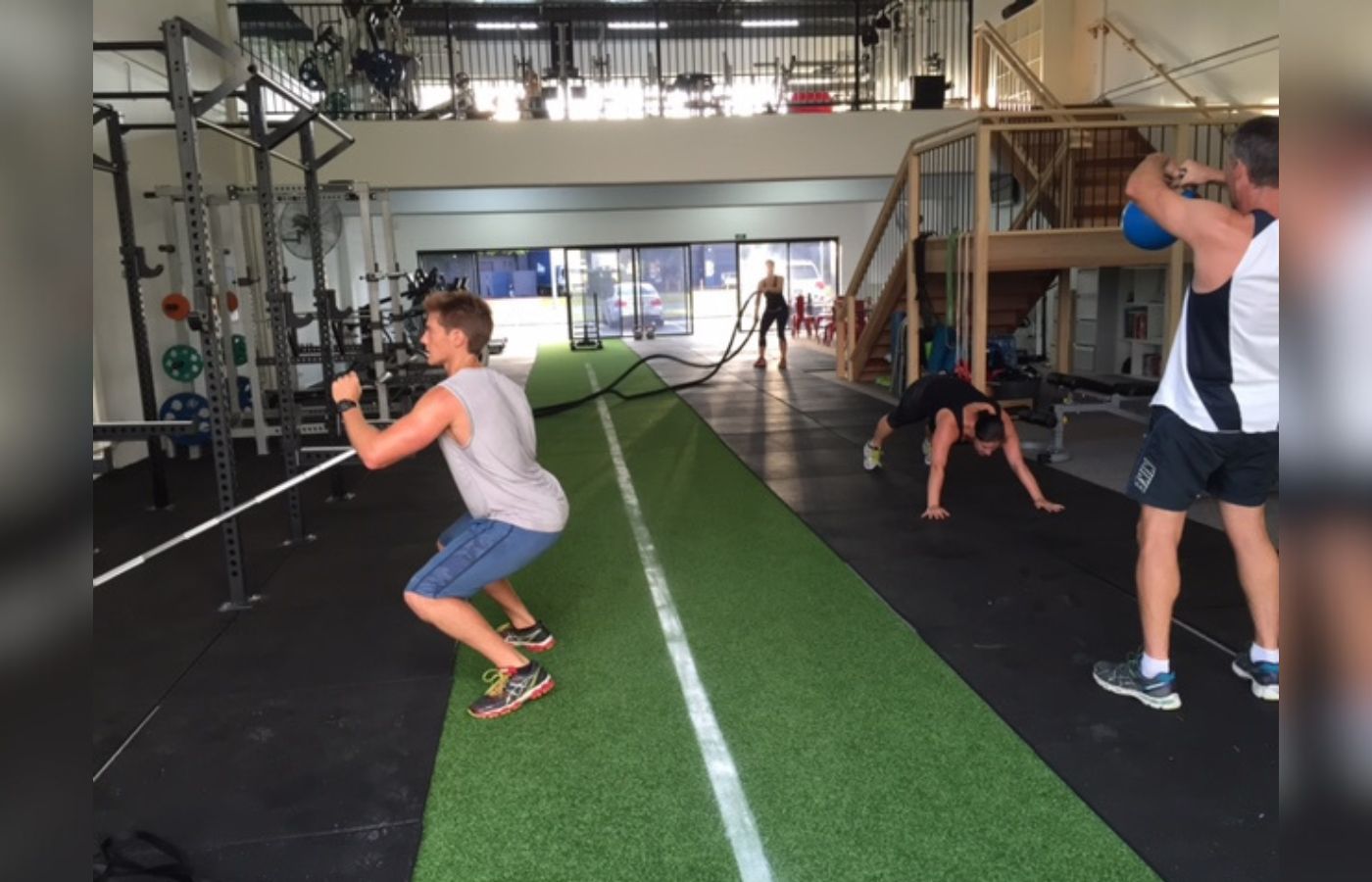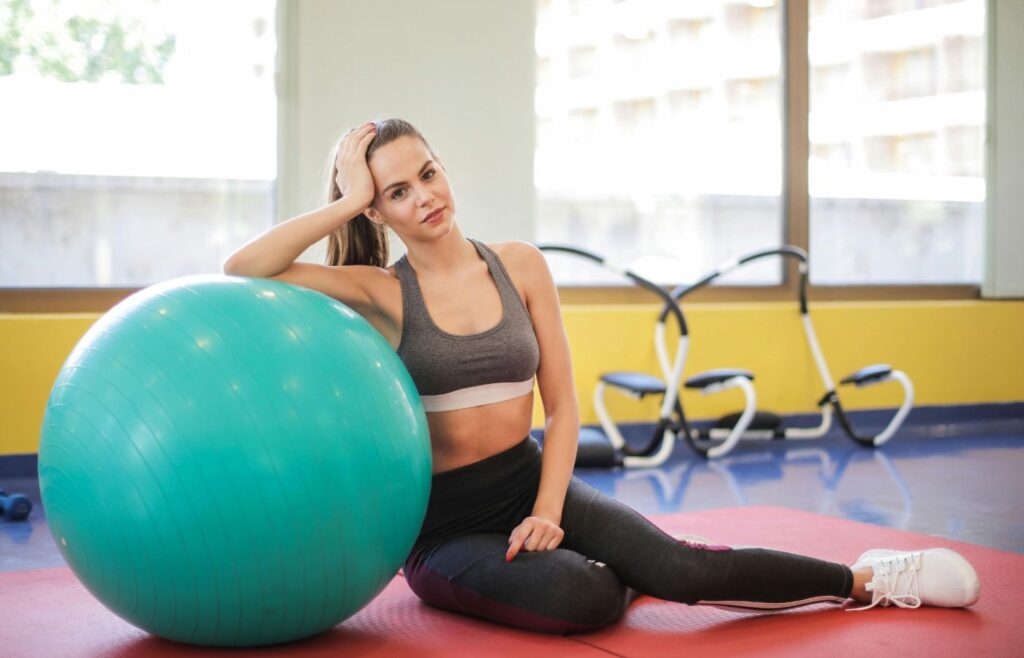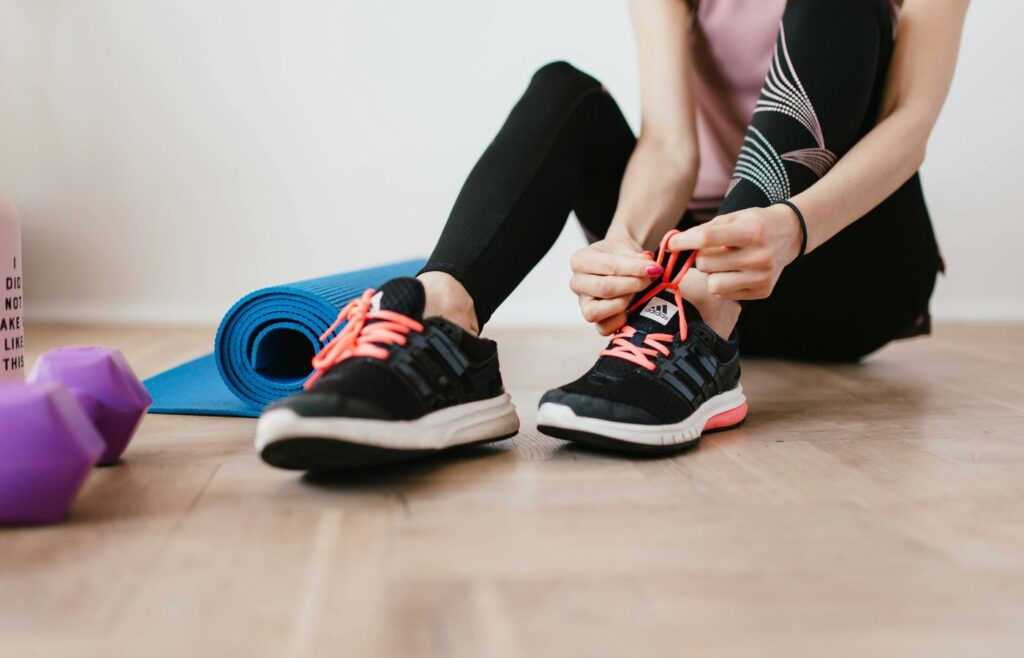Starting something new can feel overwhelming, especially when it comes to strength training. Gyms are filled with equipment you don’t know how to use, and fitness advice online can be confusing or contradictory.
But strength training doesn’t have to be complicated. In fact, the simpler your approach, the more likely you are to stick with it and see results. This guide will help you take that first step with confidence.
What Is Strength Training?
Strength training means using resistance to build muscle. This can include free weights, machines, resistance bands, or your own body weight. You don’t need to lift heavy to benefit. You just need to challenge your muscles regularly.
When you do strength exercises, your muscles adapt by getting stronger. Over time, you’ll notice better posture, improved endurance, and more energy for everyday activities. It’s not just about looking fit—it’s about feeling strong in your daily life.
Why Beginners Should Strength Train
Strength training does more than build muscle. It boosts your metabolism, supports joint health, and helps maintain bone density as you age. It also reduces the risk of injury and improves balance.
For beginners, it’s one of the fastest ways to see measurable progress. You might notice changes in strength within a few weeks. You’ll also feel more confident as your body learns to move with more control and stability.
What You Need to Get Started
You don’t need a gym membership or expensive gear. Many beginners start with bodyweight exercises at home. A set of dumbbells or resistance bands can be helpful, but they’re not required.
What you do need is a basic plan. That means knowing which muscles to work, how many sets and reps to do, and how often to train. Keep it simple at first. Focus on form, not speed or weight.
Basic Strength Training Exercises
Start with these foundational movements. They target major muscle groups and build total body strength:
- Squats – Work your legs, hips, and core.
- Push-ups – Strengthen your chest, shoulders, and arms.
- Rows – Improve your back and posture. You can use dumbbells or a resistance band.
- Lunges – Challenge your balance and leg strength.
- Planks – Build core strength and stability.
Begin with two sets of 8 to 12 reps per exercise. Rest for 30 to 60 seconds between sets. Do this routine two to three times per week, with a day of rest in between.
Read More: The Best Fitness Apps of the Year: What to Download and Why
How to Avoid Common Mistakes
Don’t skip your warm-up. Five minutes of light cardio and mobility work can prevent injuries and prepare your body to move well.
Don’t rush your reps. Focus on slow, controlled movements. This helps you engage the right muscles and develop good form.
Don’t lift too heavy, too soon. Start with manageable resistance. Once the last few reps feel challenging, that’s a good sign you’ve picked the right weight.
Don’t compare yourself to others. Everyone starts somewhere. Focus on your own progress and what your body can do.
How to Know You’re Progressing
The scale might not move much when you start strength training. That’s okay. Look for other signs of progress:
- You can do more reps with the same weight
- You recover faster between sets
- Your posture feels better
- You feel more energized during the day
These are all wins. Strength training is about building a foundation, not chasing fast results.
Staying Consistent
Set realistic goals. Maybe it’s working out two days a week or doing five push-ups in a row. Start small and build. Write your workouts down and celebrate each step forward.
Remember: consistency beats intensity. A simple, repeatable routine will carry you further than an all-or-nothing mindset.
Strength training doesn’t have to be complicated. You don’t need to be perfect. You just need to begin.
Start with basic movements, keep your form strong, and build a habit you can maintain. Over time, your body will get stronger, your confidence will grow, and you’ll feel more capable in everything you do.
Read More: What’s Better: Morning or Evening Workouts? A Look at the Research



